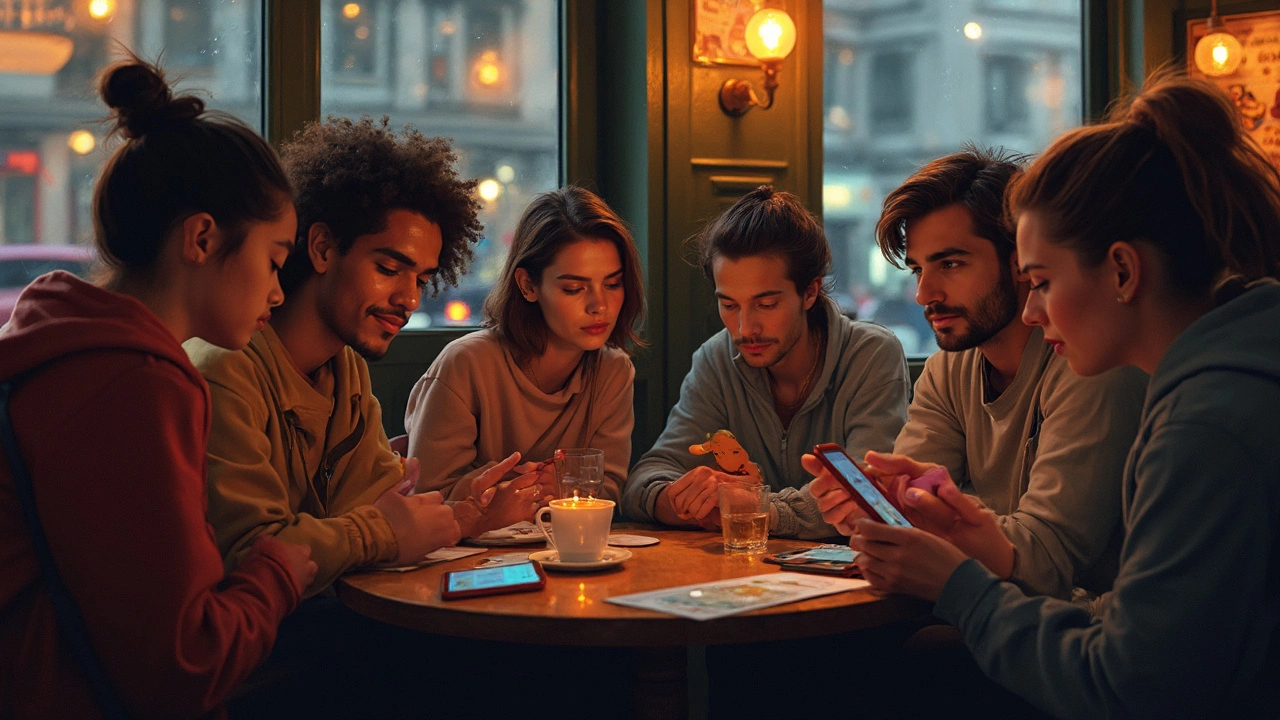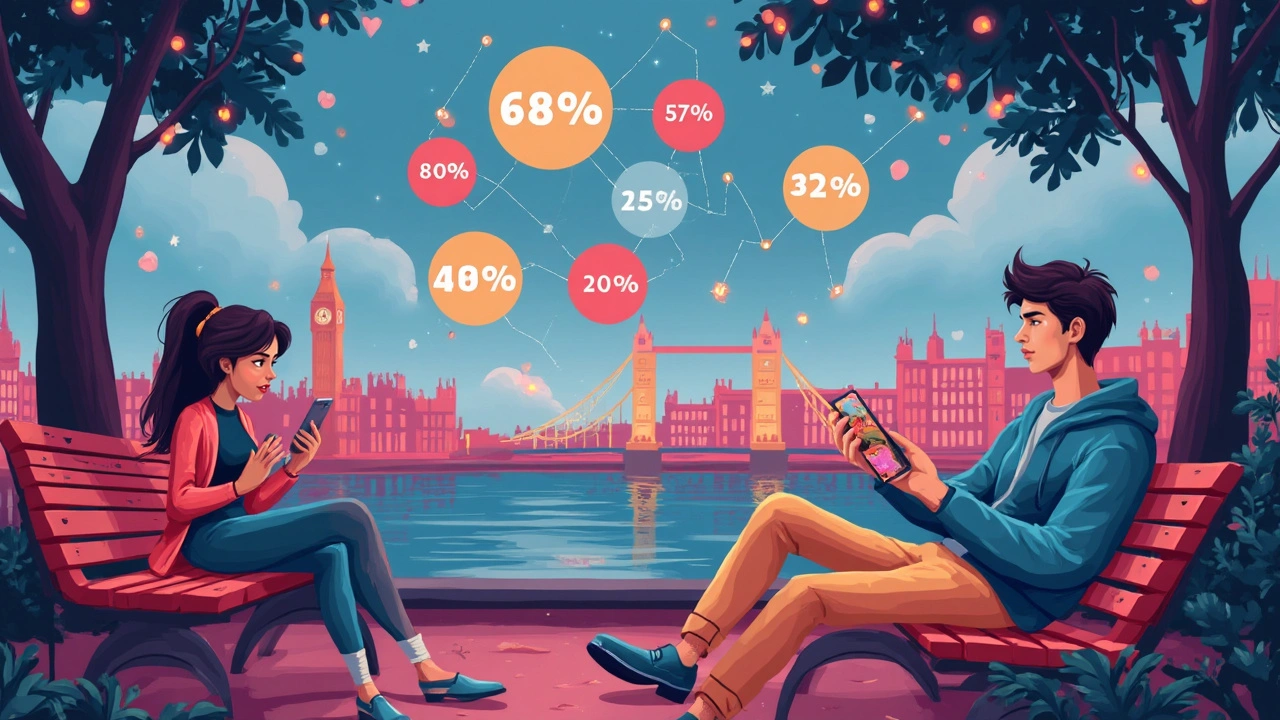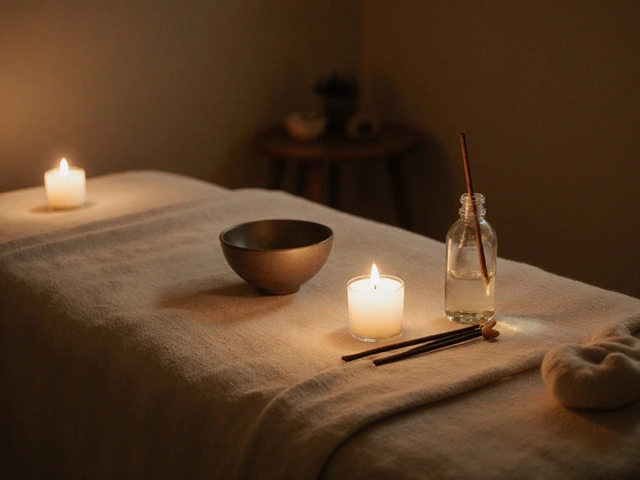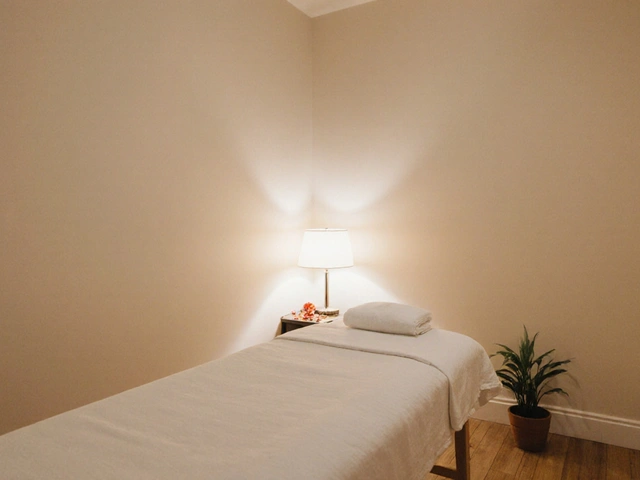Modern App Dating: How to Swipe, Match, and Make Real Connections

You might not remember the last time someone introduced their partner with a story that began, "we met at a coffee shop." The reality of romance in 2025 looks very different from what we saw a decade ago. Opening a dating app is now as normal as brewing your morning coffee, and every swipe is another small leap toward meeting your next date—or maybe even your future spouse. App dating didn't just slip quietly into the culture; it kicked down the door, rearranged the furniture, and sent millions scrolling through profiles every single day. There are success stories and horror stories, but most of all, there are questions: How do you really find something real on these platforms? Who's actually on them? Are we all chasing love, attention, distraction, or a little bit of everything?
The Rise and Reality of App Dating
Let’s be brutally honest—before swiping existed, online dating had a bit of a stigma. Back in 2010, people hesitated to admit they met their partner through a website. Fast forward to today, and about 3 out of 10 married couples who got hitched in the last five years first crossed paths thanks to an app. Dating apps aren’t just for city-dwellers under 30; grandmas, divorcees, freshly out-of-college folks, and even some devoted pet owners make up the digital crowd. As of April 2025, more than 366 million people worldwide are using dating apps each month. That’s bigger than the population of the United States just scrolling for love while waiting for the elevator.
Why are people hooked? Well, convenience is king. You can window-shop for dates in your pajamas while eating pizza, without having to master witty conversation atop a noisy barstool. Apps let you filter, screen, and test the chemistry before even agreeing to meet. If you've ever tried to chat up a stranger face-to-face—only to learn they’re moving to Peru or hate dogs—you know why that filter matters.
But that’s the glossy version. The not-so-glamorous side? Choice overload. People juggle multiple chats, ghost each other, and get lost in a sea of endless options. Some researchers describe it as "the paradox of choice"—the more possibilities, the trickier it is to pick one. Apps are designed to be addictive, with endless notifications and new matches to swipe through. If your head sometimes spins trying to keep up, you’re not alone.
Take Tinder, for example—the poster child of modern app dating. By 2025, Tinder boasted over 75 million monthly users. Hinge, marketing itself as "the app designed to be deleted," sits at number two with around 30 million users. Then you’ve got apps just for LGBTQ+ folks, those looking for faith-based connections, and platforms focused on common hobbies or even specific dog breeds. The playground of online matchmaking has never been so diverse—or overwhelming.
The biggest shift? The normalization. In 2022, a Pew Research study found that 53% of Americans said online dating was a good way to meet people. Among millennials and Gen Z, that number shot up to 72%. App dating is no longer a backup plan—it’s often the main stage.
Demystifying Profiles, Matches, and Messaging
Everyone wants to know the secret formula: what makes a profile pop, why some people get tons of matches, and how to break out of the "hey" rut in messaging. Let’s get real—most app daters spend less than five minutes making a profile, even though it’s the digital handshake that starts it all. The right profile photo? Super important. Hinge’s 2024 data suggests profiles with a clear face shot (no sunglasses, no group shots) get 37% more matches. What about quirky bios? They can help, but honesty is your best bet—over half of users say seeing something witty or genuinely interesting makes them more likely to swipe right.
When it comes to matches, the numbers aren’t always in your favor—especially if you’re a straight guy. Studies show women get more initial matches, but men typically start more conversations. Women get to be pickier; guys often need to send a few more messages to get noticed. This isn’t a dig at anyone—it’s just how the odds shake out on most platforms. As for those first messages, skip "hey" or "how are you?" That's an instant yawn. Asking a direct question or reacting to something in their profile gets a reply about 50% more often. If there’s a dog in their photo, you know what to do—yes, ask about the dog.
Want to avoid the endless chit-chat cycle? Most apps reward quick moves. Hinge data shows conversations that turn into dates usually happen fast—within a week of matching. Wait too long, and that spark fizzles. Pro tip: if the convo feels right, suggest something specific. "Let’s grab coffee at that new place downtown" beats "what do you want to do?" every time. If you want extra insurance, try video chatting before you meet. Not only does it screen out weird vibes, but it also adds a layer of security.
Honesty pays off, too. Catfishing is still a thing—2023 numbers reported 21,000 cases worldwide according to the FTC—but most people just want to skip the nonsense. Using recent pictures and a true bio means no awkward surprise when you finally meet. If you’re wondering what others are doing, here’s a quick look:
| Profile Element | Percent of Users |
|---|---|
| Main photo shows clear face | 71% |
| Bio mentions hobbies/interests | 58% |
| At least one group photo | 44% |
| Pet(s) featured in photos | 29% |
| Includes a funny or witty statement | 41% |
Balance is the magic word: show enough to be intriguing, but keep mystery alive for your in-person intro.

Beyond Swiping: Safety, Privacy, and Red Flags
The fast pace of app dating brings its own risks. Safety isn’t just about keeping your personal info locked up; it’s about boundaries and gut instincts. In 2024, half of all online daters admitted they’d run into at least one scam attempt. Romance scams are a billion-dollar industry now—and some people get seriously hurt emotionally and financially. Protecting yourself isn’t just about being suspicious; it’s about smart, simple steps.
- Never share financial or super personal info, no matter how charming they seem.
- Meet in public—always. The first few times, anyway. Let a friend know where you’ll be or even share your location if you feel unsure.
- Trust your gut. If something feels off, it probably is. Don’t second-guess yourself just to be polite.
- Check for inconsistencies. If their story keeps changing or they avoid video chatting, that’s a red flag.
Another thing to keep in mind: apps themselves have gotten smarter. Most platforms now use AI to spot suspicious profiles, flag hate speech, and even intervene if someone seems at risk (Bumble’s “Private Detector” now screens for unsolicited explicit images). It’s an ongoing arms race, though. Scammers adapt, so you have to stay alert. Turn on two-factor authentication where you can. If your favorite app makes you verify with a selfie, don’t roll your eyes—it really helps weed out the bots.
Privacy is another sticking point. Some apps sell usage data to advertisers, track your swipes and likes, and tailor the experience (or their ads) based on your behavior. Always check your privacy settings, and don’t be shy about adjusting visibility or location ranges. Your dating life shouldn’t be public property, even digitally. If you want a truly fresh start, periodically wipe your profile and start from scratch—or at least refresh those photos and prompt answers once a year.
What about emotional safety? Ghosting, breadcrumbing, and benching are part of the modern dating glossary. Each comes with its sting. It helps to remember—99% of the time, their disappearing act isn’t about you. It’s just the nature of app dating, where detachment is only a swipe away. Still, you can set your own rules, like not messaging late at night, or avoiding people who seem flaky from the start. Burnout is real, so take breaks, and don’t put pressure on yourself to answer every message right away. Mental health apps like Headspace and Calm now offer special sessions just for online daters, proving the unique stress of this digital matching game is finally being recognized.
Making Real Connections in a Swipe Culture
If dating apps seem slick, competitive, and maybe a little fake, there’s still one truth: they work for a lot of people. As of this year, one in four long-term relationships in the US started with a swipe. Not everyone finds "the one"—sometimes not even a date worth a second round of drinks—but connections still happen, and they matter. The trick is learning what you want out of the experience. Do you want a partner, new friends, or just a little adventure? Getting clear helps cut through the noise.
Here’s one thing that surprises many: people who set intentions (even if they’re just looking for fun) tend to have better experiences. When you’re honest about what you want, you attract matches on the same wavelength. Apps like Bumble now let you spell out whether you’re looking for something serious, casual, or even just networking right in your profile. That small change trims a lot of awkward conversations.
Staying open helps, too. Some of the best stories come from matches you almost skipped. Dating algorithms try to match you based on prompts, preferences, and proximity. But serendipity is still alive and well online. Take a chance on that guy who’s a little shorter than your “type,” or that woman who loves a sport you’ve never tried. Step outside your filter bubble now and then.
The future of app dating is already here, and it’s getting smarter. In 2025, AI and machine learning personalize your swiping experience. Apps track which profiles you pause on, what prompts you like, and even how you respond to certain messages. The more you use them, the better they are at serving up people you might actually connect with—though it’s not a perfect system. Diversity and inclusivity are improving, with more options for those who want partners of different backgrounds, genders, or relationship structures.
Here are ways to stay sane, genuine, and happy while using dating apps:
- Take regular breaks if it stops feeling fun. No match is worth burnout.
- Be clear about your intentions—honesty filters out mismatches early.
- Mix things up: try new apps, switch locations, refresh photos and answers.
- Don’t invest too much emotional weight before a real-life meeting.
- Celebrate small wins: a nice chat, a fun date, even a laugh over a bad match.
More than just hookups or heartbreak, app dating has become a new kind of social experiment. It asks, again and again: Who are you, really? What do you like? What are you looking for? Each swipe is a chance to answer, and maybe—if the algorithm is smiling—a chance to connect for real.






